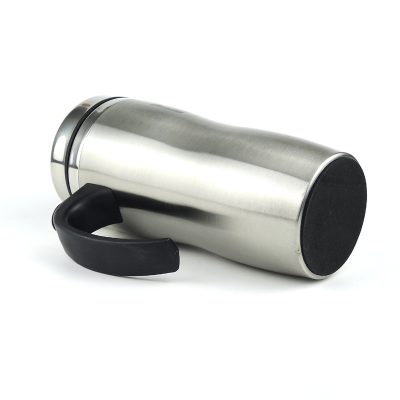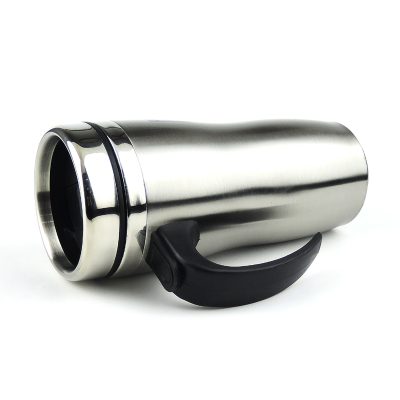1. Simple identification method of vacuum insulation performance: Pour boiling water into the thermos cup and tighten the cork or lid clockwise for 2-3 minutes, then touch the outer surface of the cup body with your hands. If the cup body is obviously warm, it means the product The vacuum degree has been lost, and a good thermal insulation effect cannot be achieved.
2. Sealing performance identification method: After the cup is filled with water, tighten the cork and lid in a clockwise direction, and place the cup flat on the table, there should be no water leakage; the cup lid and the cup mouth should be flexibly screwed without gaps.
3. Recognition method of plastic parts: The characteristics of food-grade new plastics are small smell, bright surface, no burrs, long service life and not easy to age. Ordinary plastics or recycled plastics are characterized by strong odor, dark color, many burrs, and plastics are easy to age and break.
4. Simple capacity identification method: the depth of the inner tank is basically the same as the height of the outer casing, and the capacity is consistent with the nominal value. Some poor quality thermos cups add sand and cement blocks to the cup to make up for the missing weight. That is to say, thermos cups (pots) generally have some weight, but heavier ones are not necessarily good, because there may be manipulations for weight gain.
5. Simple identification method of stainless steel materials: There are many specifications of stainless steel materials, of which 18/8 means that the composition of this stainless steel material contains 18% chromium and 8% nickel. Materials that meet this standard meet the national food-grade standard and are green and environmentally friendly products. Rust and corrosion resistant. The color of the ordinary stainless steel cup is whitish and dark. If it is soaked in salt water with a concentration of 1% for 24 hours, rust spots will appear, indicating that some elements contained in it exceed the standard, which will be harmful to human health.








